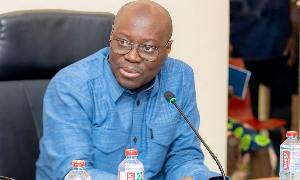The UN World Food Program reported that unit food costs had risen by 50% in five years, with maize costs up 120% over the year to June 2007. The UN FAO estimated that the cost of imported food in 2008 was US$ 1.04 trillion, 26% up on 2007. A FAO / OECD report predicts food price increases of between 20% and 50% over the next ten years, due to reduced subsidies, greater demand for protein, higher production costs and the demand for biofuels. According to the UN FAO the price of dairy products rose 80% and grain 42% during 2007.
The Lehman Brothers ingredients cost index rose 16.95% in 2H2006 and 14.9% in 1H2007. Food prices are expected to have risen 5% in 2008 and to rise 4.5% in 2009. In March 2009, the US Department of Agriculture forecast that 2009 food commodity prices would remain above historic levels with corn prices expected to be 40% above and rice prices 100% above 2003-2006 averages.
The UN FAO calculates food represents 10-20% of developed consumer spending but 65% of developing nation consumer spending. The UN FAO reported that poor countries spent US$ 38.7 billion on cereal imports in 2008, up 57% from 2007 and more than 100% from 2006. The UN FAO estimates that the world's poor countries will pay 35% more for cereal imports even while volumes drop 2%.
Africa's food imports in 2008 were estimated to be US$ 169 billion, up 40% on 2007 which was 37% higher than 2006. The UN FAO forecast that the cost of African cereal imports in 2008 would rise 49% to US$ 15.2 billion.
Fertiliser prices rose 50% during 2007 to their highest in a decade. As a result of high oil and gas prices, the price of urea, used in fertilisers, tripled between 2003 and 2008.
Richmond Ansah-Yiadom
Opinions of Saturday, 5 September 2009
Columnist: Ansah-Yiadom, Richard
Food Prices and Costs
Entertainment













